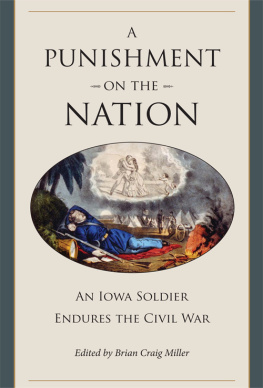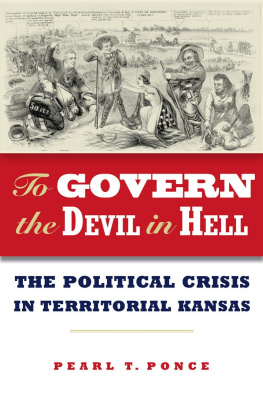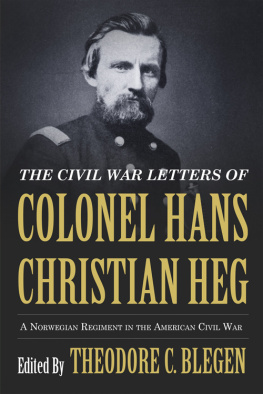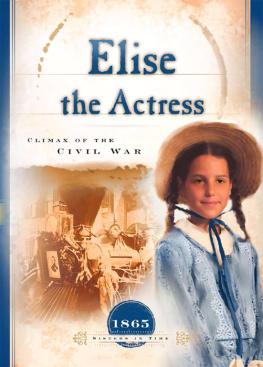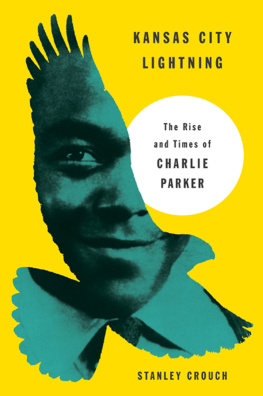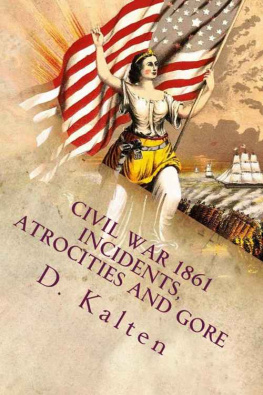Published by The History Press
Charleston, SC 29403
www.historypress.net
Copyright 2013 by Ken Spurgeon
All rights reserved
Cover images: Front: C.H. Isely sketch (background) courtesy of Wichita State University Libraries; images of Christian and Elise courtesy of the Isely family.
First published 2013
e-book edition 2013
Manufactured in the United States
ISBN 978.1.62584.093.6
Library of Congress CIP data applied for.
print edition ISBN 978.1.62619.015.3
Notice: The information in this book is true and complete to the best of our knowledge. It is offered without guarantee on the part of the author or The History Press. The author and The History Press disclaim all liability in connection with the use of this book.
All rights reserved. No part of this book may be reproduced or transmitted in any form whatsoever without prior written permission from the publisher except in the case of brief quotations embodied in critical articles and reviews.
Lovingly dedicated to the memory of
servants of God and guardians of the republic
Lawrence J. Murray (19272001),
Robert J. Martin (19161994)
and
Joseph M. Spurgeon (18421877), 9th Kansas Cavalry, Company E,
a fellow Kansas soldier
There are persons who would snear [sic] at, and condemn my sentiments; but I thank God, although such would uphold slavery and fetter the mind, I am not their slave yet . I do not want their favors. I care not for their frowns, but will do my duty to my God and my country, regardless of their secret midnight meetings, their conspirings against us, to contemplate our overthrow. Of my work I am not ashamed, nor afraid to do it in open daylight, because it is the work of humanity, justice and right.
O my poor bleeding and distracted Land, many and various are thine ungrateful enemies; but to me thou art dearest of all others; should my friends forsake and betray thee, yet never could I cease to love thee. For thee, and the flag of thy braves I have shed many burning tears, and offered my fervent prayers to God; for thee I forsook my sweet home and darling friends, and now sacrificed my health without a murmur; and if necessary will yet lay down my humble life, and take my last resting place on one of Arkansas rocky hills beneath the branches of a lonely oak or pine tree, far from home and loved ones, unnoticed and unwept for only may I never see the Sun of thy Glory go down, nor thy beautiful Union severed .
Christian H. Isely
September 24, 1864
CONTENTS
PREFACE
Christian and Elise Dubach Isely were Swiss immigrants who came to America in 1831 and 1854, respectively. They were married in May 1861 and resided in St. Joseph, Missouri, where they found themselves in the midst of the American Civil War. During the next three years, as they were separated by the conflict, they wrote hundreds of letters to each other, as well as to other friends and family members. In the case of Christian, he kept a diary for much of the war. These letters and diary entries compose the bulk of what was used in this study. The majority of these letters are in the Isely Family Papers at the Wichita State Universitys Special Collections, Ablah Library. Also consulted were a few Isely items located in various collections at the Kansas State Historical Society.
Another primary source is the collection Isely Family Correspondence and Miscellaneous Documents, 18491943, part of the Kansas Collection at the Spencer Research Library, University of Kansas. This collection has many prewar letters in addition to some written in German. A few of these letters were translated by a student, Annemarie Ostrowski, in a paper she wrote some years ago in an American studies class for Professor Norman Yetman. Additional letters and diary entries belonging to private collections were typed by David McGuire and included in Uncommon Writings by Common Folk: The Isely Family Letters, Papers, and Diaries (1988). Another significant source that was extremely insightful is Elises autobiography, Sunbonnet Days, written in 1935.
Regimental histories produced by the adjutant general of the State of Kansas were quite helpful, as were communications by members of the 2nd Kansas Cavalry, located in the Official Records of the War of the Rebellion. Many secondary histories of both the Kansas-Missouri conflict and the war in general were of great benefit and are listed in the bibliography. The result of this research produced a unique story because the Iselys expressed both the military and civilian perspectives of a part of the war (from 1861 to 1864) for which primary accounts are less common. The result is a passionate exchange between husband and wife in which the border war and its causes are discussed openly and frankly.
ACKNOWLEDGEMENTS
No amount of words, however carefully crafted, could ever express my debt of gratitude for aid and support with this work. First, I express special thanks to my wife, Amy, to our four childrenLauren, Rebecca, Sarah and Jonathanand to my son-in-law, Brandon Pope. My parents, R.L. and Donna Spurgeon, have always given me unconditional love and understanding, and they have also selflessly given me their ears when I am sure the subject was less than interesting to them. My siblings and extended family and my in-laws, Leon and Judy Embry, have always been supportive and kind, for which Im very grateful. Several of my own relatives were people of strong faith and patriotism, and often when I read a letter or a diary entry, my mind reflected on those loved ones. I am also very thankful for the support of my school, Northfield School of the Liberal Arts, and its leadership, Philip and Becky Elder and Jim Graf, who have always listened and been very encouraging.
I give special mention to the tremendous encouragement that I received from my advisors and teachers. So many could be acknowledged, but a few have given me particular attention, for which I am grateful. This work was initially my masters thesis, and so thanks certainly are due to several graduate advisors. I first extend special thanks to Dr. Will Klunder, who as my thesis chair helped to shape the work and was very helpful in giving me focus. Next, I express thanks to the late Dr. John Born, longtime early American historian at Wichita State University, who twenty years ago cultivated in me a love for American history. His passion for the subject is the reason that I, too, wanted to be a historian. It was Dr. Born who, after my absence from college, clasped my hand and told me that I should be back in school and that one day I would be a history teacher, inspiring young people. I will never forget that encounter. It was far more inspirational to me than he ever knew. Next, the late Dr. Craig Miner taught me valuable lessons and showed true enthusiasm for his subject, and this was a great motivator to me in my endeavors. He was, in my opinion, the greatest historian of Kansas, and I was blessed to study under him and later become his friend. Mike Kelly, the former curator of Special Collections at Wichita State University, and Mary Nelson, program consultant of Special Collections, were always available to me. Both Mike and Mary were happy to see someone taking such interest in the Isely Collection, and they gave me excellent advice and encouragement in completing this project. Other members of the faculty at Wichita State University were also helpful. So many of them took the time to inquire of my progression and offered kind words of encouragement. Lastly, I give thanks to Mrs. Helen Miller, my sixth-grade teacher at South Hillside Elementary. Mrs. Miller, like Dr. Born, could never have known what an inspiration her enthusiasm about history provided me. She, along with family members, taught me that history is not an accumulation of dusty, dead words but the reflection of people who lived, loved and made difficult decisions.


